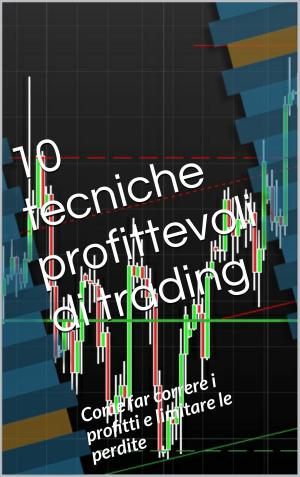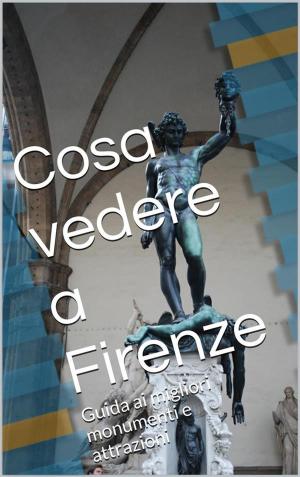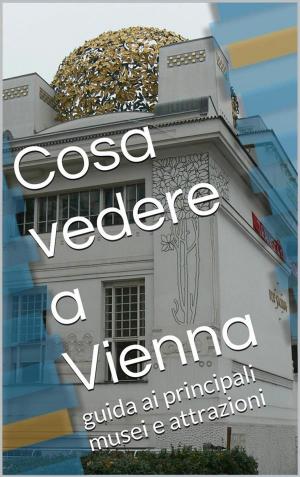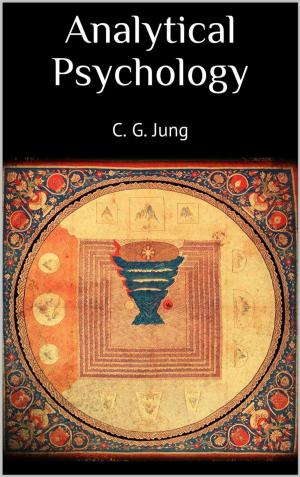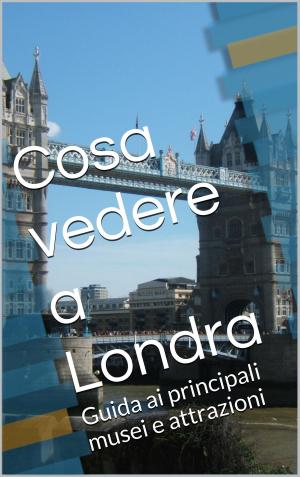Leonardo da Vinci: A Psychosexual Study of an Infantile Reminiscence
Nonfiction, Health & Well Being, Psychology, Psychoanalysis| Author: | Sigmund Freud | ISBN: | 9788827501528 |
| Publisher: | Skyline | Publication: | March 7, 2018 |
| Imprint: | Language: | English |
| Author: | Sigmund Freud |
| ISBN: | 9788827501528 |
| Publisher: | Skyline |
| Publication: | March 7, 2018 |
| Imprint: | |
| Language: | English |
WHEN psychoanalytic investigation, which usually contents itself with frail human material, approaches the great personages of humanity, it is not impelled to it by motives which are often attributed to it by laymen. It does not strive "to blacken the radiant and to drag the sublime into the mire"; it finds no satisfaction in diminishing the distance between the perfection of the great and the inadequacy of the ordinary objects. But it cannot help finding that everything is worthy of understanding that can be perceived through those prototypes, and it also believes that none is so big as to be ashamed of being subject to the laws which control the normal and morbid actions with the same strictness. Leonardo da Vinci (1452-1519) was admired even by his contemporaries as one of the greatest men of the Italian Renaissance, still even then he appeared as mysterious to them as he now appears to us. An all-sided genius, "whose form can only be divined but never deeply fathomed," he exerted the most decisive influence on his time as an artist; and it remained to us to recognize his greatness as a naturalist which was united in him with the artist.
WHEN psychoanalytic investigation, which usually contents itself with frail human material, approaches the great personages of humanity, it is not impelled to it by motives which are often attributed to it by laymen. It does not strive "to blacken the radiant and to drag the sublime into the mire"; it finds no satisfaction in diminishing the distance between the perfection of the great and the inadequacy of the ordinary objects. But it cannot help finding that everything is worthy of understanding that can be perceived through those prototypes, and it also believes that none is so big as to be ashamed of being subject to the laws which control the normal and morbid actions with the same strictness. Leonardo da Vinci (1452-1519) was admired even by his contemporaries as one of the greatest men of the Italian Renaissance, still even then he appeared as mysterious to them as he now appears to us. An all-sided genius, "whose form can only be divined but never deeply fathomed," he exerted the most decisive influence on his time as an artist; and it remained to us to recognize his greatness as a naturalist which was united in him with the artist.




